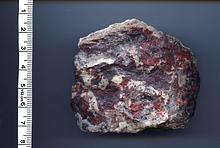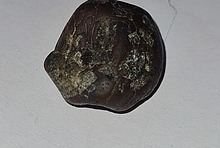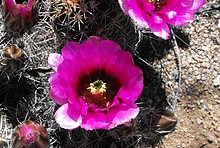Home PageAbout MindatThe Mindat ManualHistory of MindatCopyright StatusWho We AreContact UsAdvertise on Mindat
Donate to MindatCorporate SponsorshipSponsor a PageSponsored PagesMindat AdvertisersAdvertise on Mindat
Learning CenterWhat is a mineral?The most common minerals on earthInformation for EducatorsMindat ArticlesThe ElementsThe Rock H. Currier Digital LibraryGeologic Time
Minerals by PropertiesMinerals by ChemistryAdvanced Locality SearchRandom MineralRandom LocalitySearch by minIDLocalities Near MeSearch ArticlesSearch GlossaryMore Search Options
The Mindat ManualAdd a New PhotoRate PhotosLocality Edit ReportCoordinate Completion ReportAdd Glossary Item
Mining CompaniesStatisticsUsersMineral MuseumsClubs & OrganizationsMineral Shows & EventsThe Mindat DirectoryDevice SettingsThe Mineral Quiz
Photo SearchPhoto GalleriesSearch by ColorNew Photos TodayNew Photos YesterdayMembers' Photo GalleriesPast Photo of the Day GalleryPhotography
╳Discussions
💬 Home🔎 Search📅 LatestGroups
EducationOpen discussion area.Fakes & FraudsOpen discussion area.Field CollectingOpen discussion area.FossilsOpen discussion area.Gems and GemologyOpen discussion area.GeneralOpen discussion area.How to ContributeOpen discussion area.Identity HelpOpen discussion area.Improving Mindat.orgOpen discussion area.LocalitiesOpen discussion area.Lost and Stolen SpecimensOpen discussion area.MarketplaceOpen discussion area.MeteoritesOpen discussion area.Mindat ProductsOpen discussion area.Mineral ExchangesOpen discussion area.Mineral PhotographyOpen discussion area.Mineral ShowsOpen discussion area.Mineralogical ClassificationOpen discussion area.Mineralogy CourseOpen discussion area.MineralsOpen discussion area.Minerals and MuseumsOpen discussion area.PhotosOpen discussion area.Techniques for CollectorsOpen discussion area.The Rock H. Currier Digital LibraryOpen discussion area.UV MineralsOpen discussion area.Recent Images in Discussions
Identity HelpWhat is the dark green gemmy material in the center of the specimen?

3rd Jul 2012 01:36 UTCAnonymous User
I found what I think is a Serpentine specimen a couple years ago - gemmy side down in the Rock River, downstream from the Adams Hill Nickel prospect, in southeastern Vermont. It happened to be a sunny day and I knew I had something of some significance, at least to me. So I decided to polish it with my orbital sander, working my way up with finer grits and then some automotive chrome polish. I know there is asbestos present in serpentine, so I took proper safety precautions. My question is: what is the gem-like material in the center of the specimen - when tilted, different structures (or bands) are highlighted depending on the angle of tilt - a "holographic" effect is produced. Thanks for your help:-D

3rd Jul 2012 05:05 UTCD Mike Reinke
Can we get a larger picture, and maybe several angles? I think that would generate more responses.
Thanks.

3rd Jul 2012 22:14 UTCAnonymous User
4th Jul 2012 00:07 UTCPaul Brandes 🌟 Manager
Have you conducted any sort of diagnostic testing yet such as hardness, streak, specific gravity, etc...? That might also give you (and us) a better idea of what you have. My initial thought is that if you used an orbital grinder to polish it, it is likely harder than just serpentine alone but is a metamorphic rock called serpentinite, which contains serpentine minerals.

6th Jul 2012 01:21 UTCAnonymous User
6th Jul 2012 11:56 UTCPeter Haas




Mindat.org is an outreach project of the Hudson Institute of Mineralogy, a 501(c)(3) not-for-profit organization.
Copyright © mindat.org and the Hudson Institute of Mineralogy 1993-2024, except where stated. Most political location boundaries are © OpenStreetMap contributors. Mindat.org relies on the contributions of thousands of members and supporters. Founded in 2000 by Jolyon Ralph.
Privacy Policy - Terms & Conditions - Contact Us / DMCA issues - Report a bug/vulnerability Current server date and time: April 18, 2024 15:17:48
Copyright © mindat.org and the Hudson Institute of Mineralogy 1993-2024, except where stated. Most political location boundaries are © OpenStreetMap contributors. Mindat.org relies on the contributions of thousands of members and supporters. Founded in 2000 by Jolyon Ralph.
Privacy Policy - Terms & Conditions - Contact Us / DMCA issues - Report a bug/vulnerability Current server date and time: April 18, 2024 15:17:48











